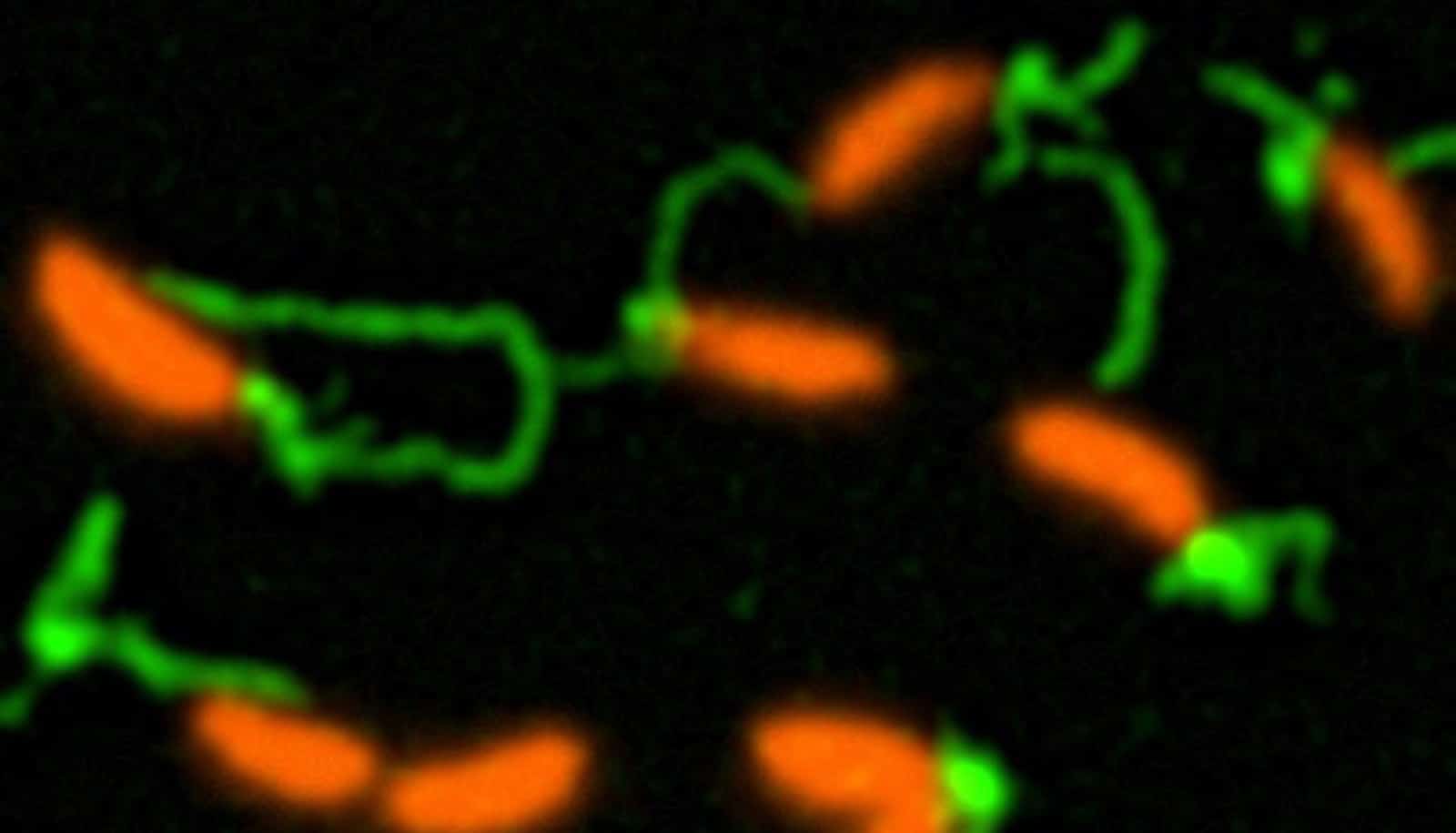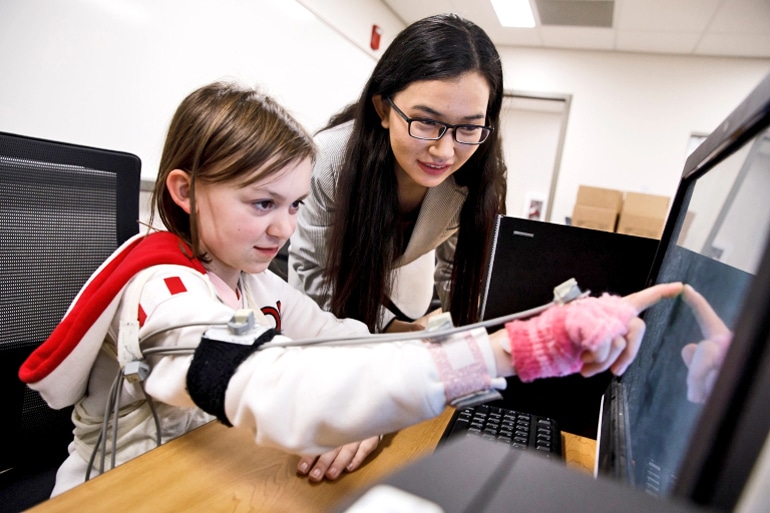Raising the minimum wage by $1 could lead to a substantial decrease in the number of reported cases of child neglect, research shows.
“When caregivers have more disposable income, they’re better able to provide a child’s basic needs…”
Congress is considering increases to the federal minimum wage of $7.25 per hour, and several state and city governments have enacted or are considering minimum wages higher than the federal rate.
A $1 increase would result in 9,700 (9.6 percent) fewer reported cases of child neglect annually as well as a likely decrease in cases of physical abuse, says Lindsey Rose Bullinger of Indiana University’s School of Public and Environmental Affairs.
“Money matters,” Bullinger says. “When caregivers have more disposable income, they’re better able to provide a child’s basic needs such as clothing, food, medical care, and a safe home. Policies that increase the income of the working poor can improve children’s welfare, especially younger children, quite substantially.”
Bullinger and her colleague reached their conclusions by analyzing nine years of child maltreatment reports from the National Child Abuse and Neglect Data System. More than 30 states had minimum wages exceeding the federal requirement by an average of $1 during the study period, allowing the researchers to track changes in the number of reports to child protective service agencies with increases in the minimum wage.
To protect kids from neglect, think holistically
The substantial decrease in child neglect cases is concentrated among toddlers and school-age children, but changes in the minimum wage had little impact on reports of neglect of teenagers. The researchers found no variation based on a child’s race.
One measure before Congress would increase the wage from $7.25 to $10.10, and several cities are looking at wages as high as $15.
“We can’t say for sure that there would be even fewer cases of child maltreatment if hourly pay were that high, but our findings point in that direction,” Bullinger says.
Most research on the minimum wage has focused on its effects on the economy and poverty. Too often, policymakers have overlooked the impact on human health and well-being, Bullinger says. She directed a previous research project that found that increases in the minimum wage resulted in a drop-off in teen births.
Minimum wage hikes help some workers, not others
Bullinger’s complete findings were published in the journal Children and Youth Services Review. Kerri Raissian of the University of Connecticut also contributed to the research.
Source: Indiana University
The post $1 minimum wage increase could cut child neglect cases appeared first on Futurity.





